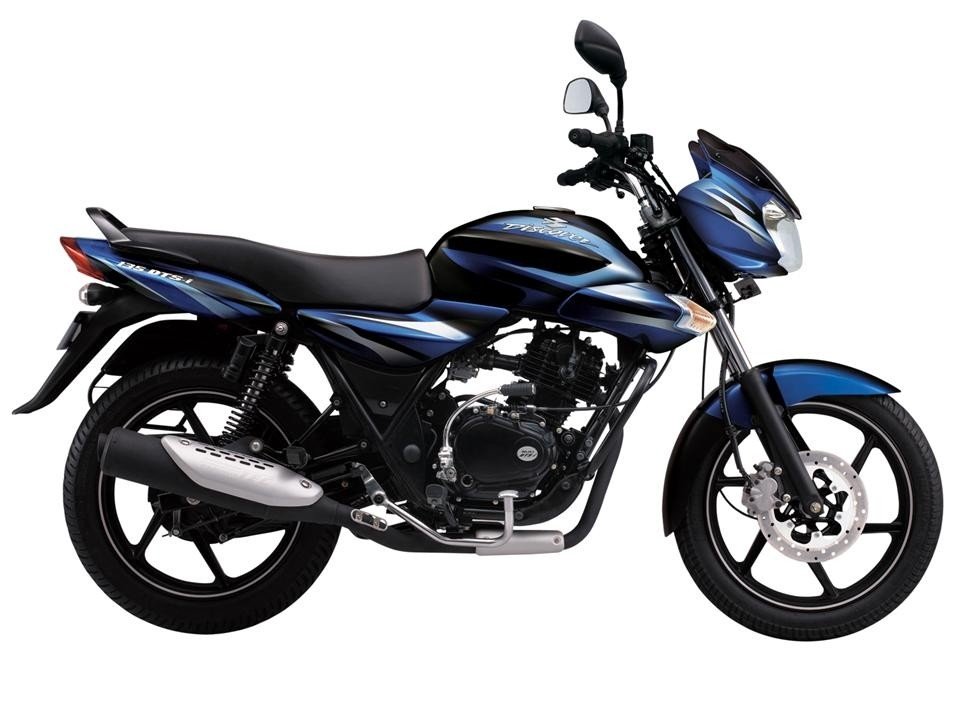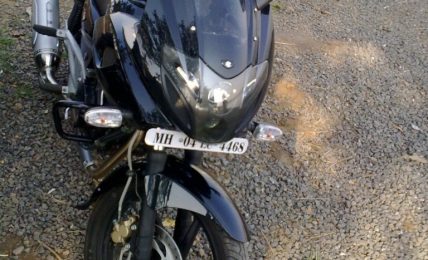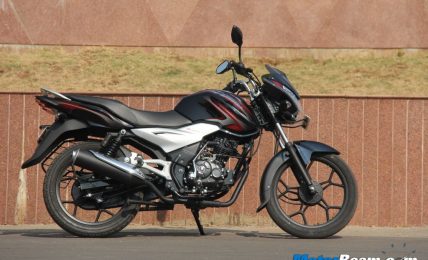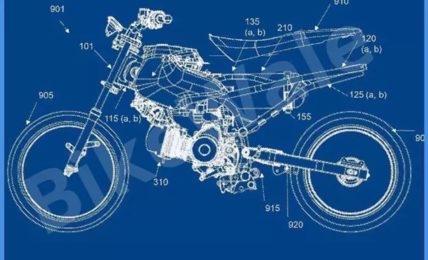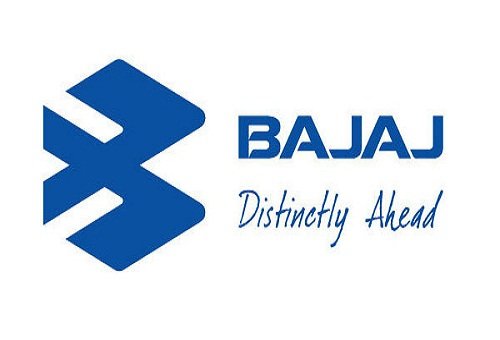
“Naye Bharat ki nayi tasweer. Buland Bharat ki buland tasweer” – Hamara Bajaj
The third largest in the world and the second largest in India, Bajaj Auto has been there for over 60 years now. Having successfully changed its image from a scooter manufacturer to a motorcyle manufacturer, the company has flourished with its plants in Chakan, Waluj and Pantnagar. Bajaj has grown its operations in 50 countries across the world.
The company came into existence on 29th November, 1945 as M/s Bachraj Trading Corporation Private Limited. Initially, it used to import and sell two and three-wheelers in the country. It was post 1959, the company started to manufacture the two-wheelers and three-wheelers. The year 1960 was one of the important years for the company as it went public that year. The launches started the same year.
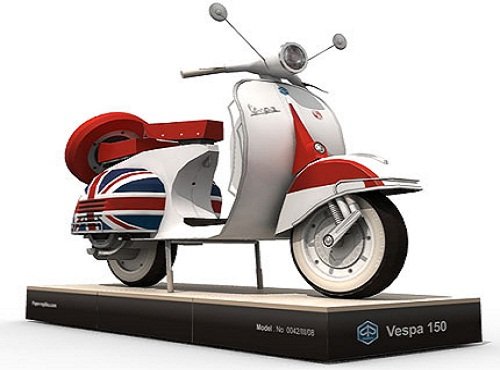
The first launch was that of the Vespa 150 in the year 1960. It was launched under license of Piaggio, Italy. The name Vespa prospered for over a decade then. Vespa scooters have been known for their painted, pressed steel unibody which combines a complete cowling for the engine, a flat floorboard, and a prominent front fairing into a structural unit. Then on in the year 1971, the company started to launch their three-wheeler goods carrier. The turning point for the company just lay ahead. Just a year after, Bajaj Auto launched its ever famous Bajaj Chetak. The name was given after the legendary horse of Indian warrior Rana Pratap Singh, the Chetak. The Chetak was an affordable means of transportation for millions of Indian families for decades and thus the slogan ‘Hamara Bajaj.’
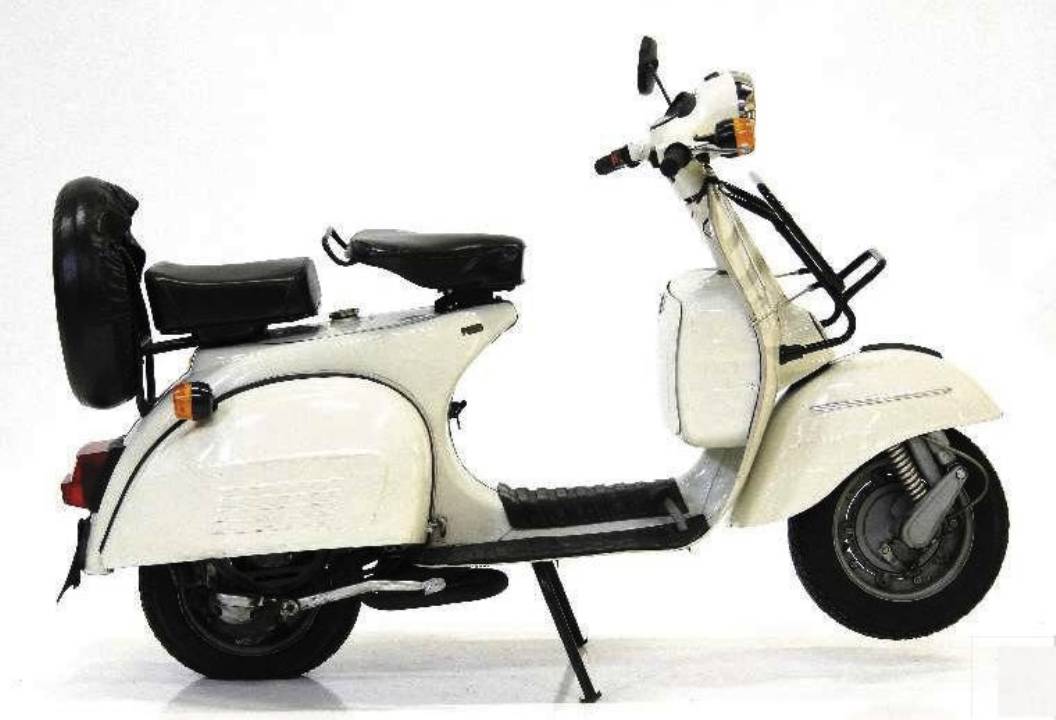
The license agreement with Vespa expired in the year 1977. However the production continued and Bajaj launched the Bajaj Super, the then status icon of Indian families. Apparently, it was used as a form of dowry then. The Super has various features identical to that of the Vespa. In the year 1977, under the new license agreement between Maharashtra Scooters and Bajaj Auto, Bajaj Priya was launched. It was a three geared scooter with a design that was similar to that of the earlier Bajaj 150. The same year, the company also released a rear engine Auto rickshaw.

Almost four years hence, in 1981, Bajaj launched M-50. It took another 5 years for it come up with the upgraded version, Bajaj M-80. Little success did M-50 see, whereas the M-80 turned out to be one the flagship products for Bajaj. The same year the company launched two more products – Kawasaki Bajaj KB100 and Kawasaki Bajaj KB125. Bajaj partnered with Kawasaki to bring in the KB series. Production began in 1986 and went on till 1996.
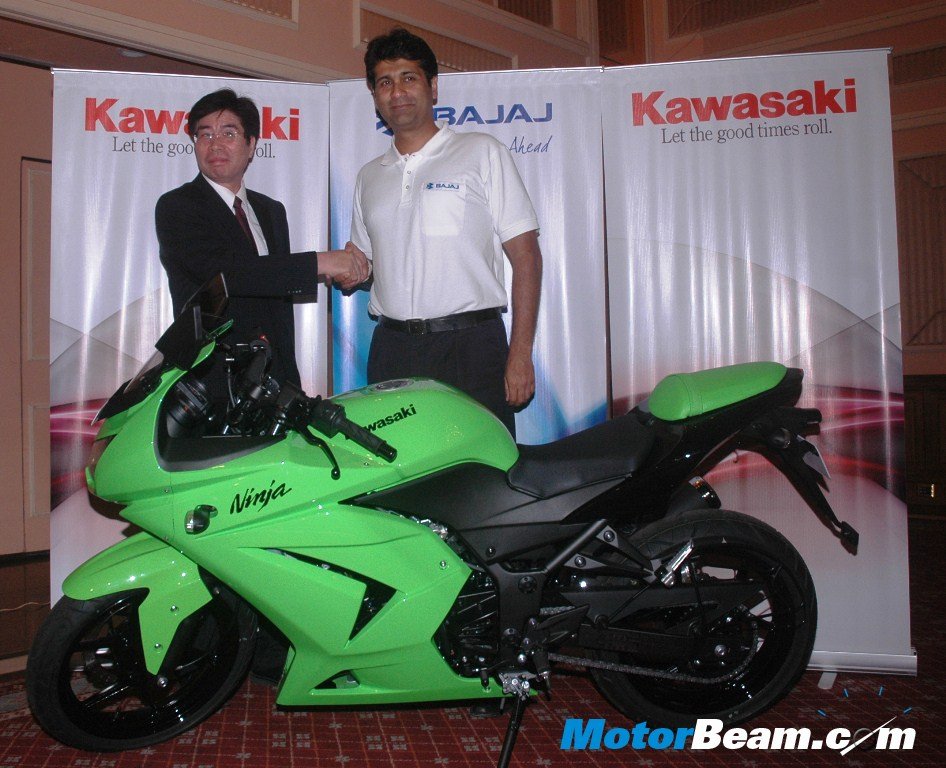
In the year 1990, the teenagers were offered the Bajaj Sunny. Being a scooterette, it had a 60cc engine and attained a maximum speed of 50 km/h. However, the model is no longer on the shelves. Then on every year, there was a new launch by the company. 1991 saw the launch of the Kawasaki Bajaj 4S Champion. Starting from 1993, the company launched the vehicles (Bajaj Stride, Classic and Super Excel respectively) in succession every year till 1995.
In the year 1997, the Kawasaki Bajaj Boxer and the RE diesel Auto rickshaw were introduced. The Chakan plant was functional the next year. Roll outs started at the Waluj plant and in 1998, Kawasaki Bajaj Caliber hit the roads. This bike was capable of a top speed of 95 km/h. The year had yet another remarkable achievement. Bajaj Legend, India’s first four-stroke scooter rolled out of the Akurdi plant. A four stroke motor meant that no oil has to be mixed with the gas, which resulted in low emissions and high efficiency.
In 1999, Bajaj came up with yet another scooterette called the Spirit. Ideal for college students, it was powered by a two-stroke, 60cc, single-cylinder and air-cooled engine. It was one of the eighteen models Bajaj Auto launched in eighteen months. The same year, Caliber motorcycle notched up 100,000 sales in record time of 12 months. In 2000, the y2k year, Bajaj Suffire was introduced.
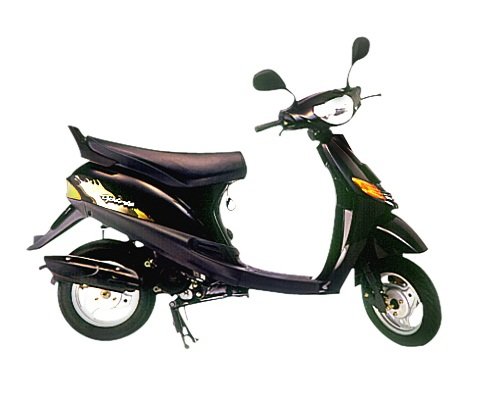
The year 2001, was the time when the company entered the premium bike segment with its Bajaj Pulsar. The same year the Kawasaki Bajaj Eliminator was also launched. The next three years witnessed a range of launches. First the Bajaj Pulsar DTS-i was launched. Then the world bike, Bajaj Wind 125 hits the roads. Then came the famous ‘Hoodibabaa’ bike, the Bajaj Caliber 115.
In 2004, the year started with the unveiling of the new brand identity, donning a new symbol, logo and the brand line. The year gets credit for the launch of Bajaj Discover DTS-i, Bajaj CT 100 and the new Bajaj Chetak 4-stroke with wonder gear. 2005, was the year for Bajaj Discover, Bajaj Avenger DTS-i and Bajaj Wave DTS-i. The Bajaj Avenger (replaced the Eliminator) was a cruiser style motorcycle launched with a 180cc engine, which was subsequently increased to 200cc and then 220cc later on. Bajaj Wave was a revised Bajaj Saffire. The Wave was powered by a 109.7 cc DTS-i engine, CVT transmission and revised body panels. It offered a maximum power of 8 BHP. It also offered Bajaj’s ExhausTEC technology and a ride control switch.
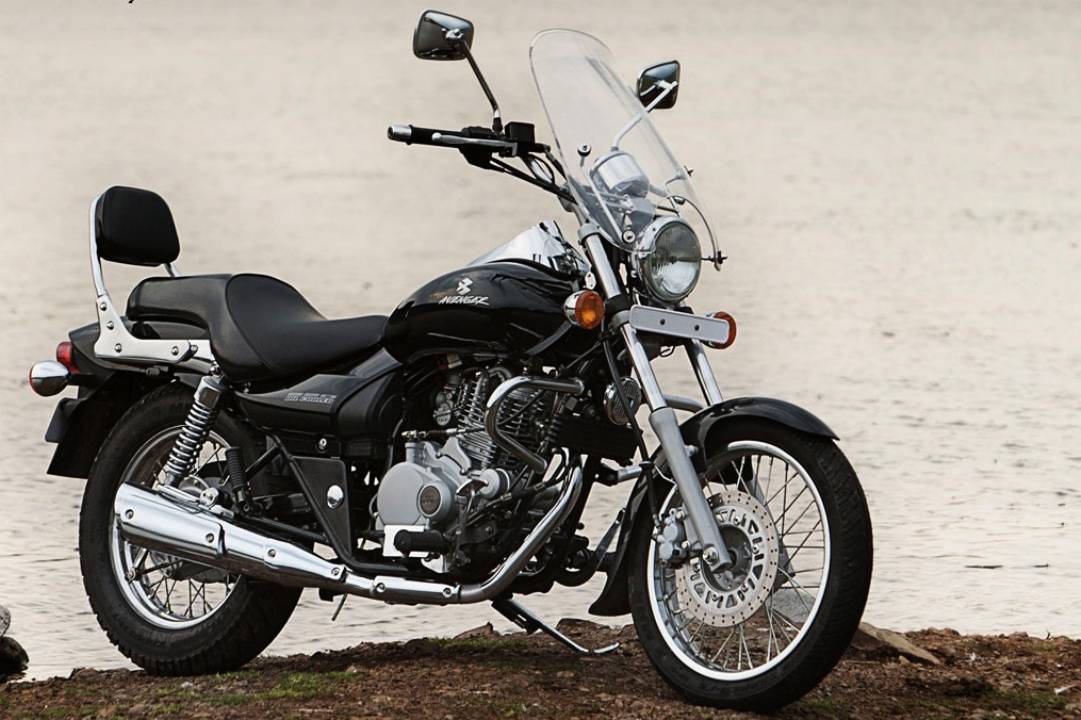
Bajaj Platina was launched in April 2006 at an ex-showroom price of Rs. 35,000/- and crossed sales of 500,000 units within eight months of its launch. The bike is capable of a top speed of 91 km/h and does 0–60 km/h in 7.2 seconds. The year 2007 was occupied with a slew of launches. Bajaj Kristal DTS-i was launched followed by the 200cc Pulsar DTS-i. In the month of April, the Pantnagar plant was inaugurated. Immediately after that Pulsar 220 DTS-Fi was launched. In August DTS-Si engine was launched which was first seen in the Bajaj XCD 125 DTS-Si. The year ended with the launch of the RE GDi auto rickshaw.
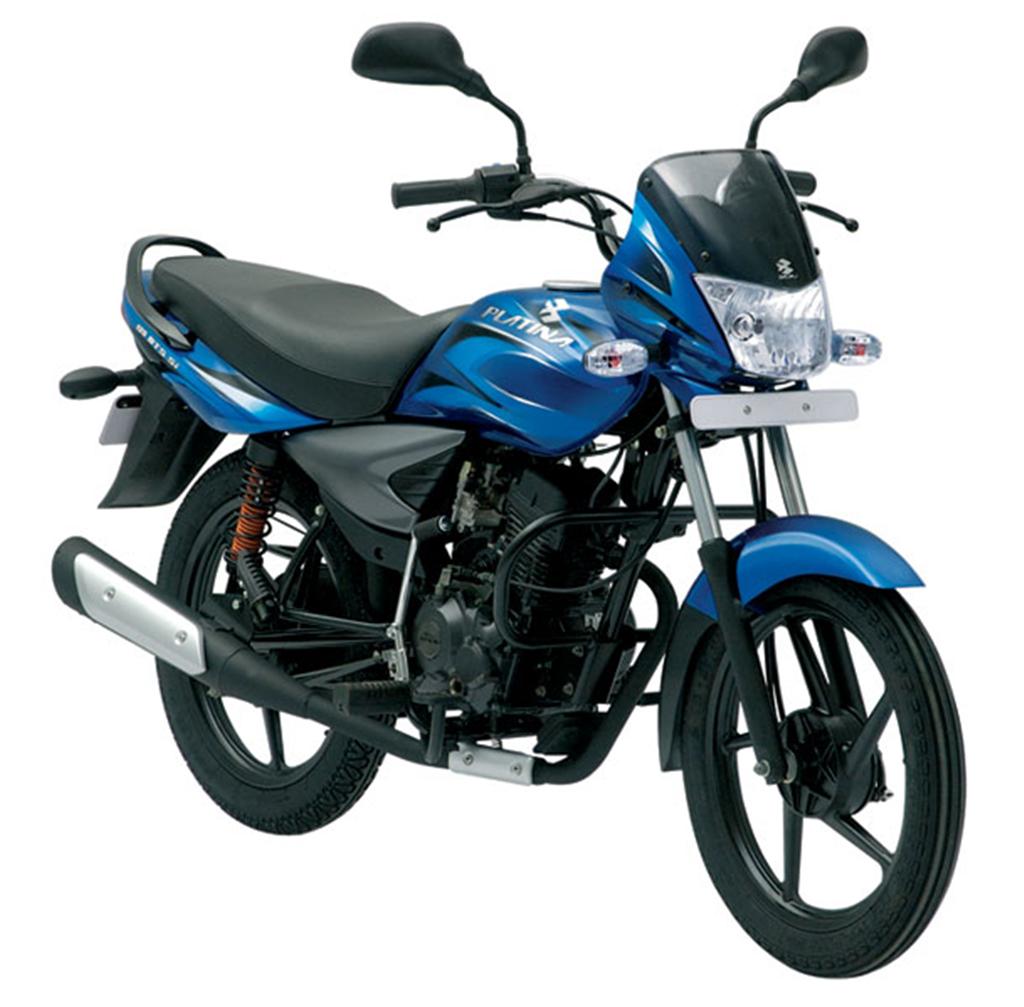
The following year, the star was the Bajaj XCD 125 DTS-Si which became the largest selling 125cc motorcycle. The Bajaj Discover 135 DTS-i Upgrade and the Bajaj Platina 125 DTS-Si were also launched the same year. 2009 was yet another year which saw lot of upgrades of the existing models. The company also launched the Kawasaki Ninja 250R in October the same year.
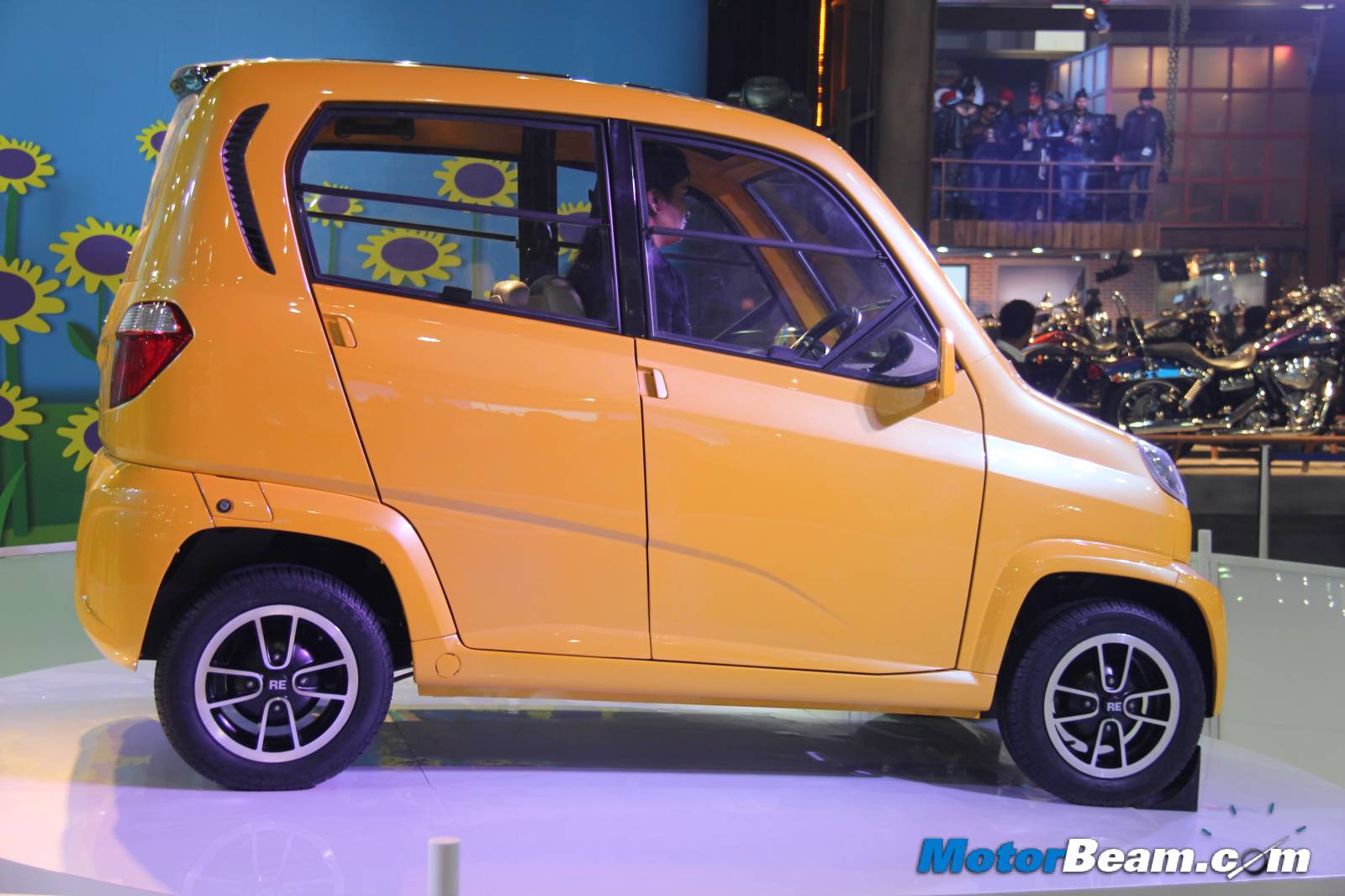
Last year Bajaja Auto launched the Kawasaki Ninja 650R, while earlier this year, Bajaj geared up again and unveiled the RE60, a mini 4-wheeler for intra-city urban transportation. Bajaj RE60 is expected to challenge the supremacy of Tata Nano. But the much eventful launch was that of the KTM Duke 200. The orange colour was everywhere with great publicity measures being taken by the company.
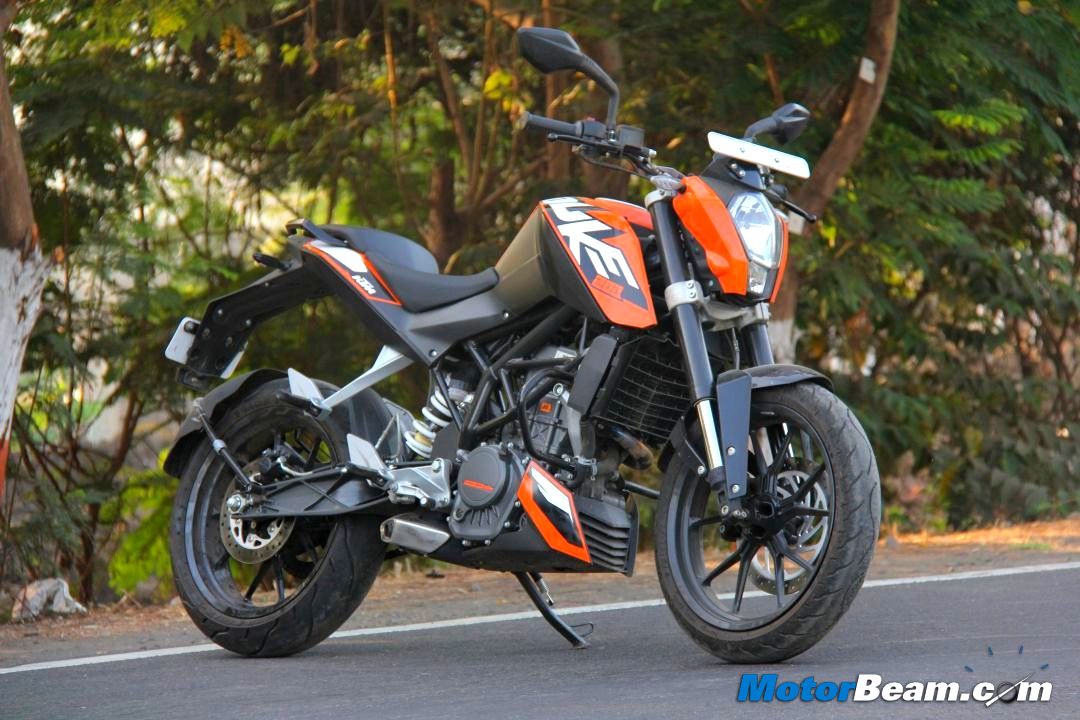
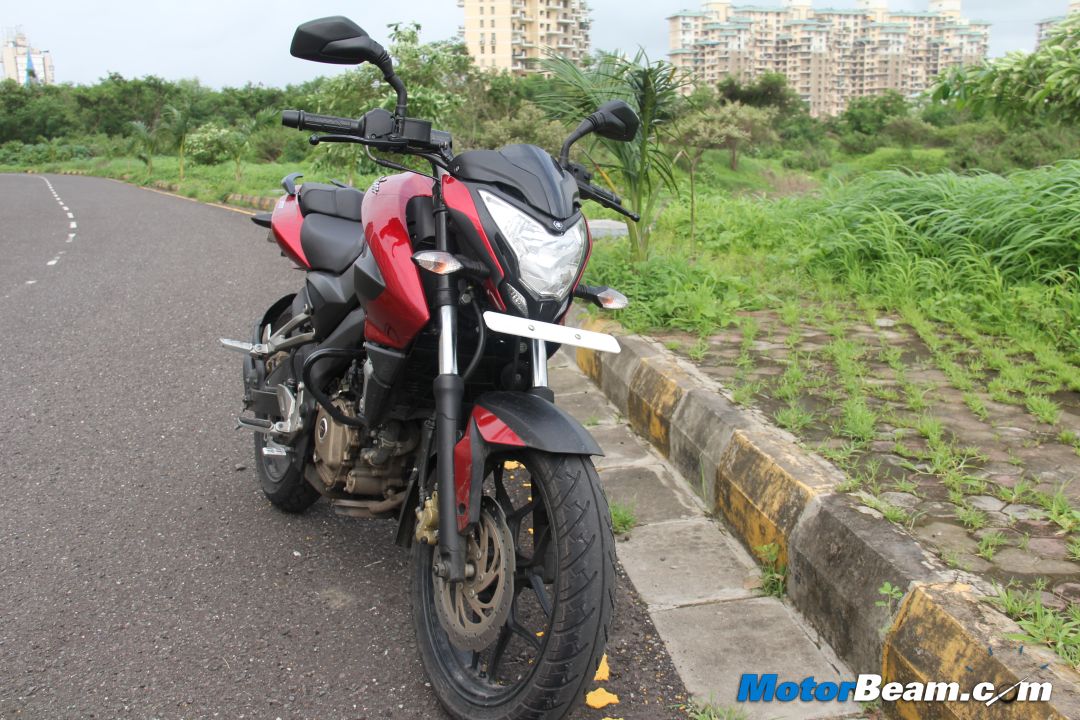
The saga right now ends with the recent launches of the Discover 125 ST and Pulsar 200 NS. An eventful journey, a challenging path, Bajaj Auto took it all with a brave heart. This was just a rough outline of launches from Bajaj Auto. The company released a slew of Pulsar variants in the last decade and also updated them (UG1, UG2, etc).
Checkout these three awesome commercials (thanks Hunky for posting it in the forums), which make you go down memory lane instantly.
[youtube:http://www.youtube.com/watch?v=pC96kIYexms 540 375]
[youtube:http://www.youtube.com/watch?v=zCDsbD4EHr4 540 375]
[youtube:http://www.youtube.com/watch?v=0DHb0kb0rMY 540 375]


